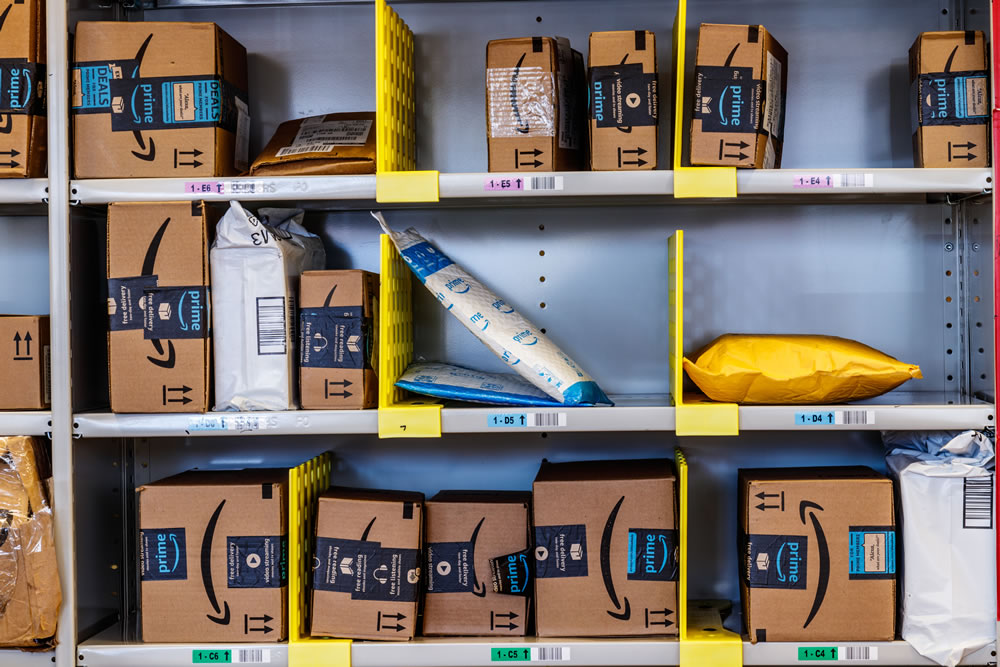Experts offer an array of solutions to combat sharp rise in unauthorized listings
By: David Bland
“To successfully confront the fraudsters and opportunists requires new weapons to exhaust and overwhelm them.”
—Trajan Bayly, CEO, Gray Falkon
“Over the years, we’ve watched this problem grow exponentially. Direct sellers really struggle with it because it kills enthusiasm in the field. But it’s not going anywhere, and companies need to stay on top of it if they want to thrive.”
—Jonathan Gilliam, CEO, Momentum Factor
Led by Amazon, the explosive growth of the global online marketplace has completely reshaped commerce over the past few decades. These vast new virtual storefronts have brought with them a serious threat to both online and offline direct sales: the unauthorized seller.
This content is restricted to site members. If you are an existing user, please log in. New users may register below.


